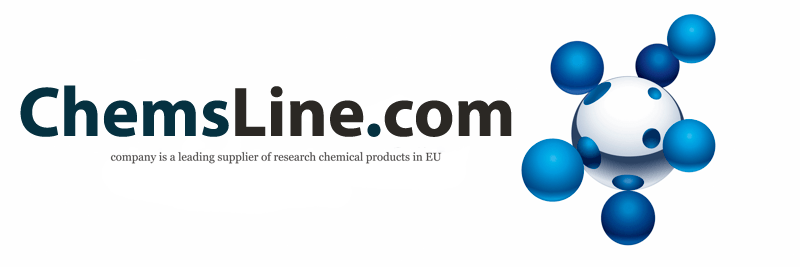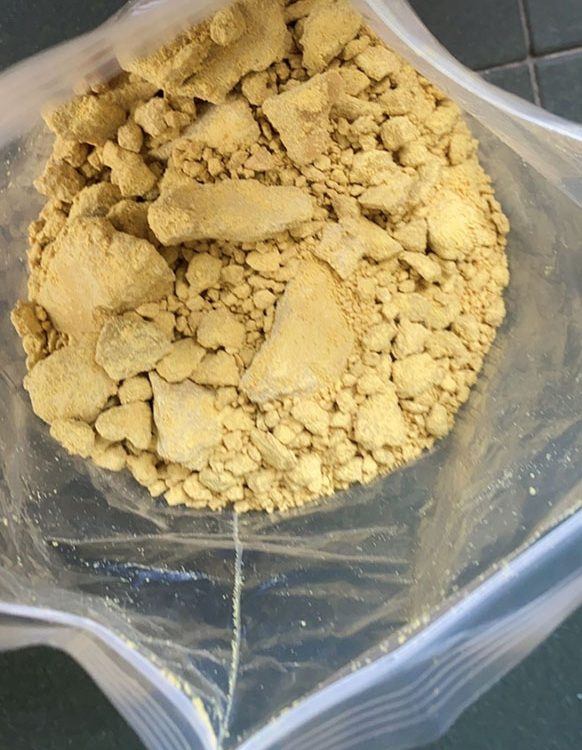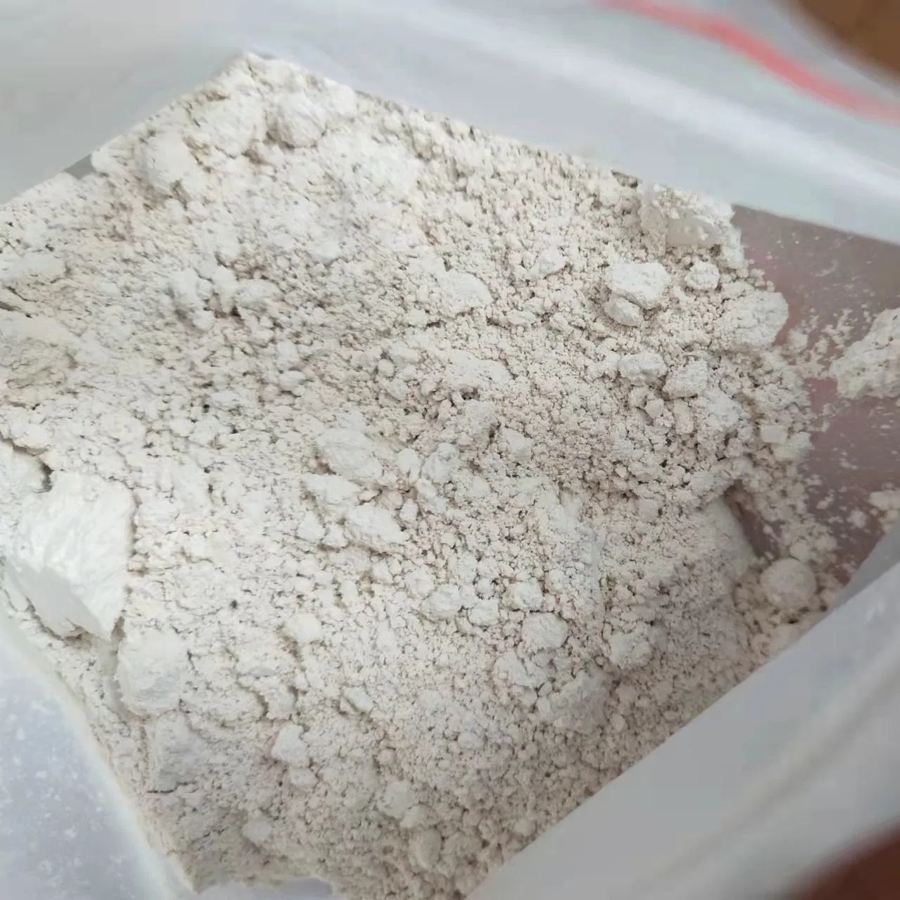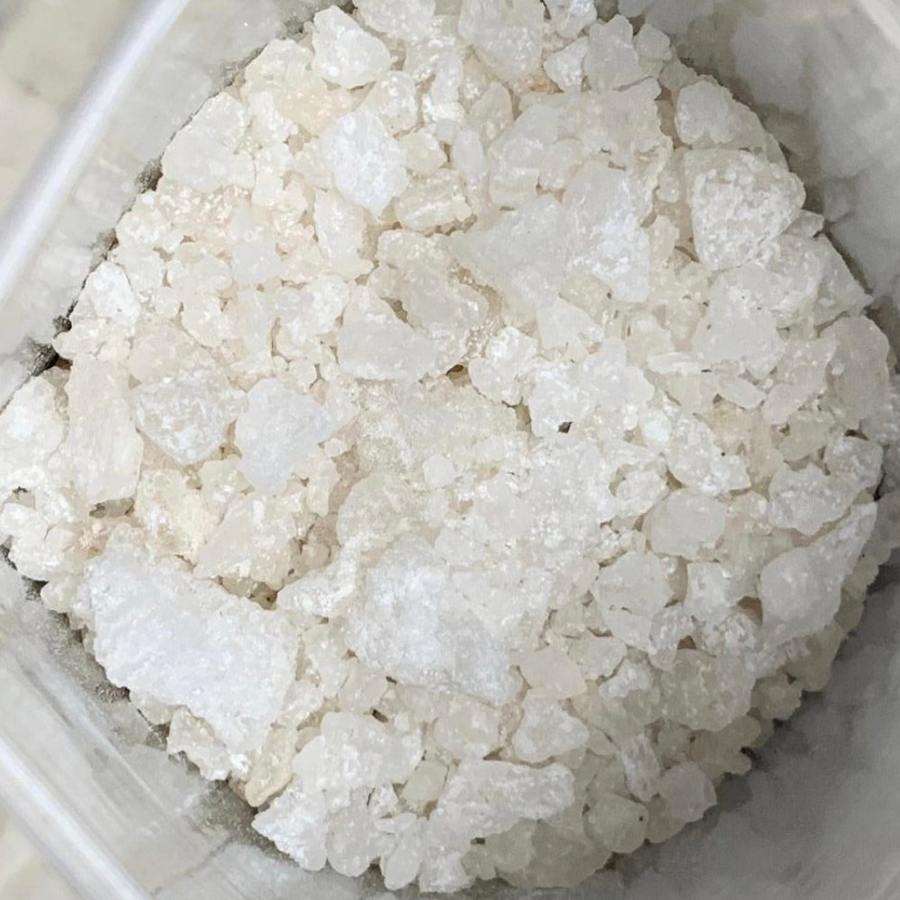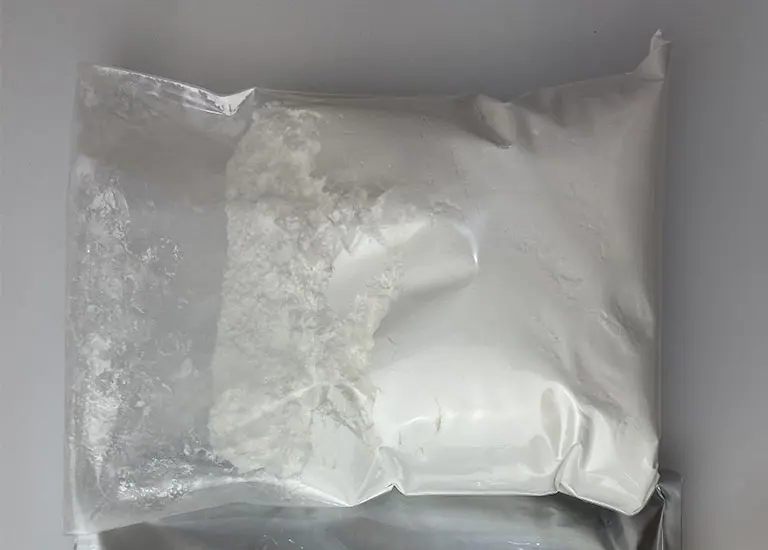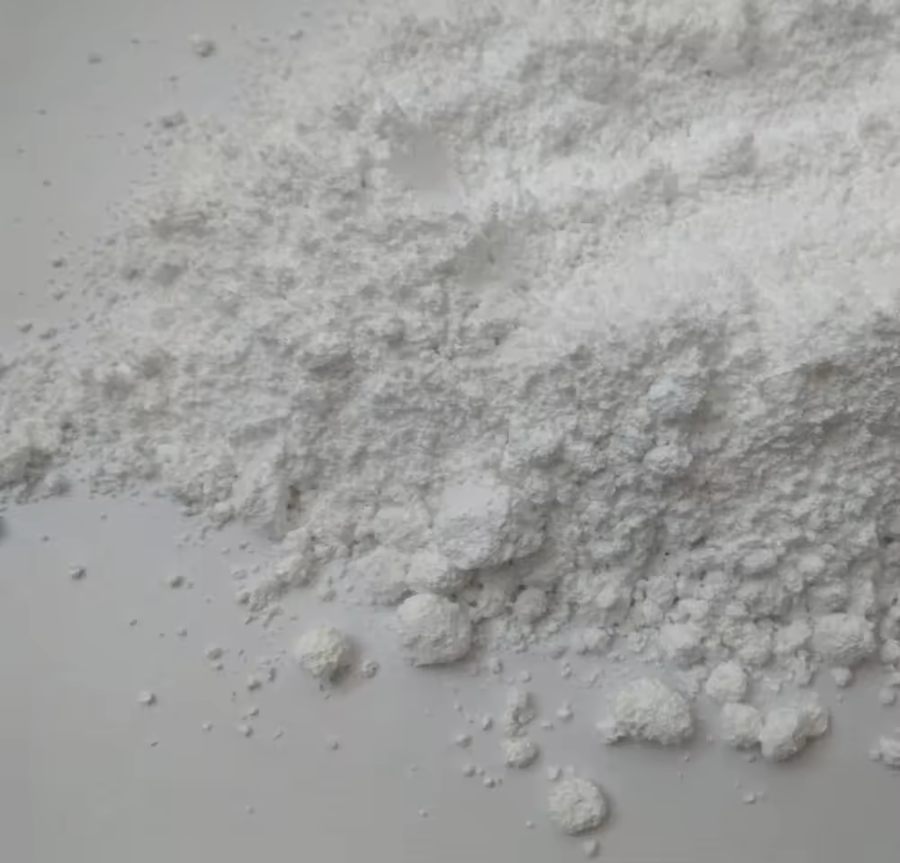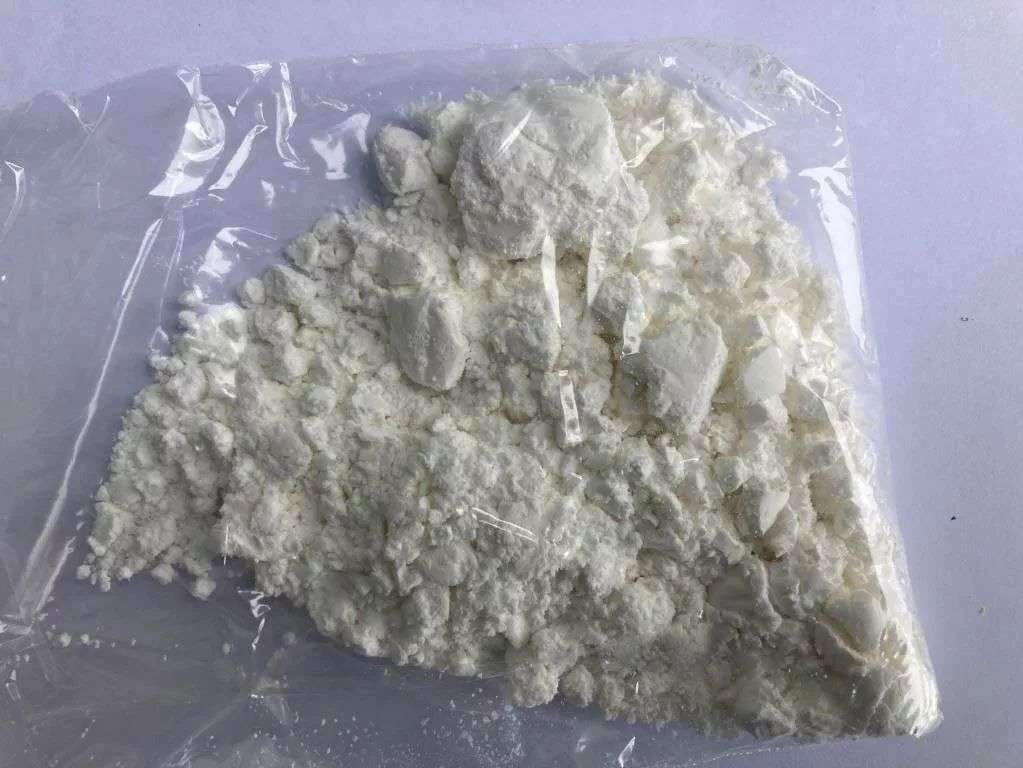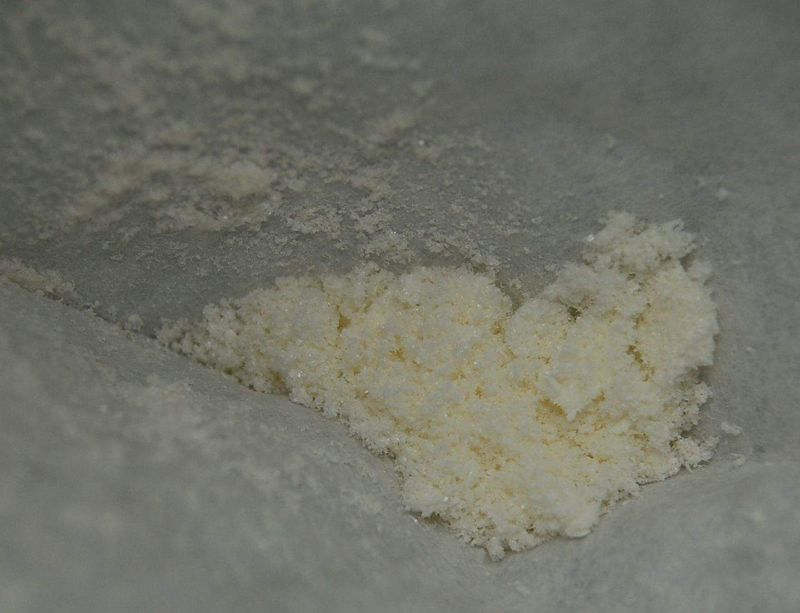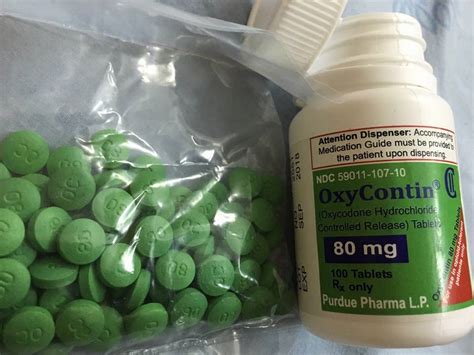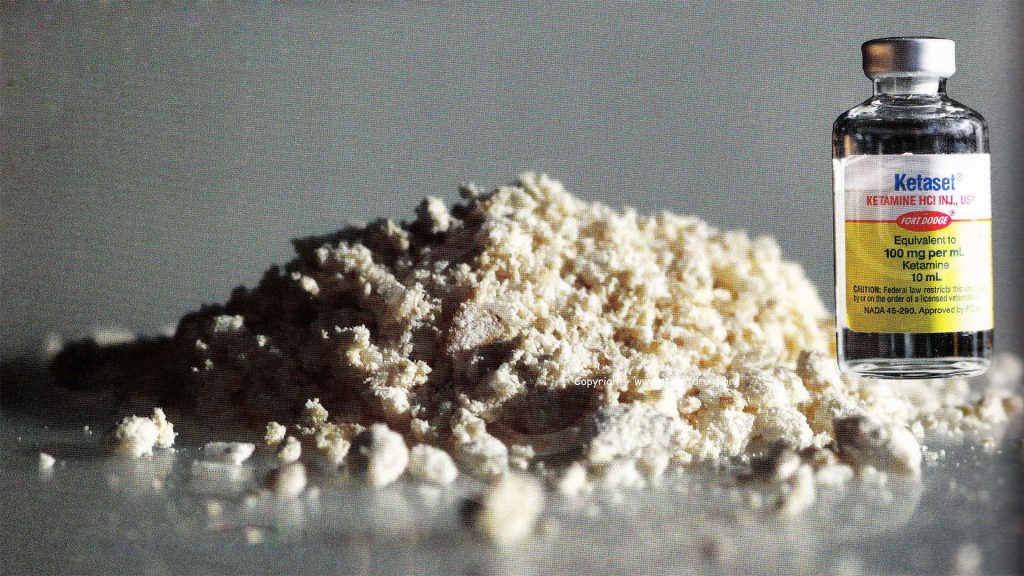
Ketamine as a drug, properties, action, effects, overdose
Ketamine is a drug that has long been used in medicine, but for adolescents is increasingly seen as a drug. In Western Europe, ketamine is currently the most popular club drug. Probably because it stimulates and causes hallucinations – like ecstasy, but it is much cheaper. Unfortunately, many do not understand the harmful effects and the possibility of getting used to it.
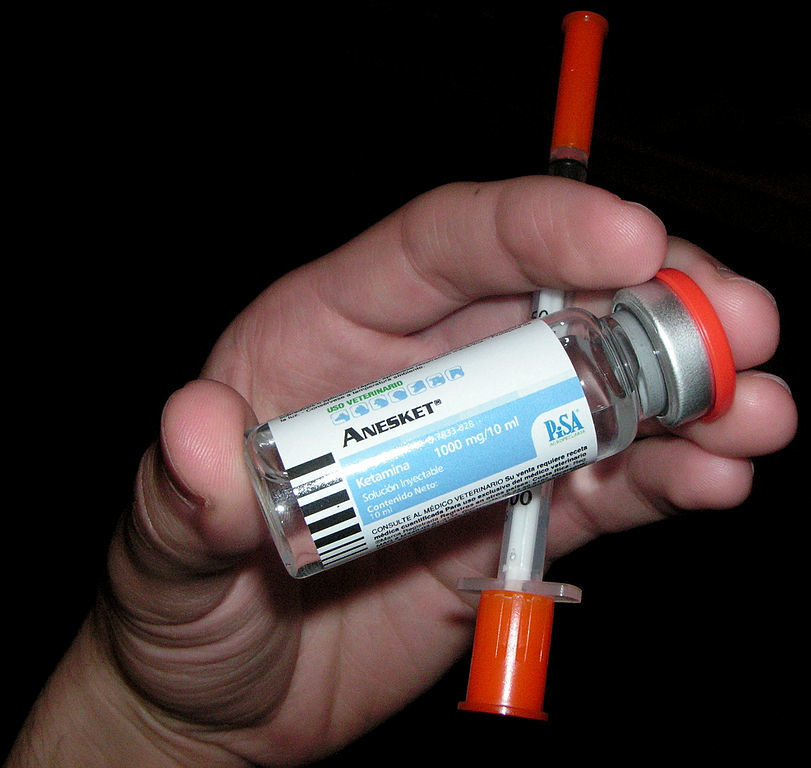
What is ketamine
Ketamine is a general anesthetic synthesized in 1963 to replace phencyclidine in order to produce a specific type of anesthesia called “dissociative anesthesia”. Ketamine is initially distributed in the brain, where it reaches concentrations 3-5 times higher than plasma levels, and then redistributed to less vascularized tissue. It is reported on the abuse of ketamine in the US, used in the country as an anesthetic in veterinary medicine. These warning signals led the US authorities to enter ketamine, since 1999, into the list of controlled substances.
Among the slang names of ketamine, you can specify: “K”, “Kay”, “Super acid”, “Green”, “Super C”, “Purple”, vitamin K. Usually, consumers of ketamine are those who have long used MDMA. The drug is used, in particular, at parties or in gay clubs. In “closed” groups in Europe, initiating ketamine consumption is a real ritual. The most vulnerable group is those who are used to taking MDMA or other stimulant drugs.
Ketamine is a powerful and fast-acting anesthetic, a derivative of phencyclidine – a substance belonging to the group of psychodisleptics, also referred to as hallucinogen. Ketamine is used in medicine and veterinary medicine as a drug for preoperative anesthesia. In addition, as an analgesic and for the treatment of mental illness – severe bipolar disorder. It is also sometimes used to treat addiction to alcohol and heroin, because it relieves withdrawal symptoms. It is also used as an antidepressant, because A study by British scientists from the University of Oxford suggests that ketamine relieves the symptoms of depression, even resistant to treatment.
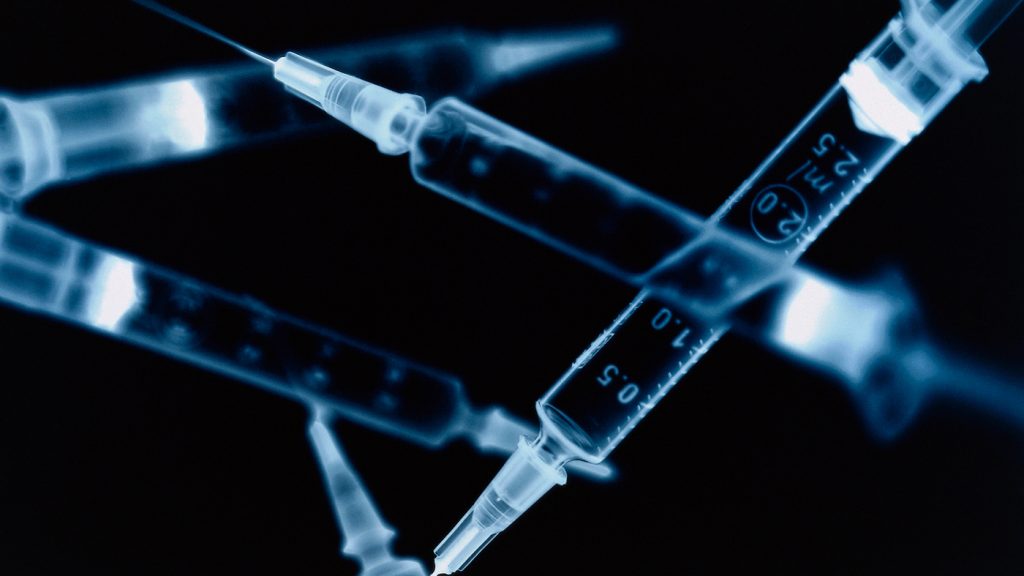
Ketamine – like a drug
Ketamine as a narcotic can be applied in the form of a solution, tablets, ampoules or in the form of a powder, as a rule, by oral and intranasal administration, less in the form of injections. Taken in a dose of 0.5 g and above, it causes a short-term (about fifteen minutes) feeling of depersonalization, unreality, detachment from the body (trip). A person who uses ketamine then reports that he has experienced a journey to himself, has visited other worlds and a distortion of the sense of time (expansion), accompanied by colorful visual effects (ketamine acts as a hallucinogen). The onset of action is 5-10 minutes after administration and persists after 1-3 hours.
The strongest effect of high doses of ketamine is called K – hole – ketamine hole (K-hole). This is a condition in which there is a loss of contact with the outside world and the presence of unpleasant sensations, intimacy of death and nightmares (psychiatrists compare this condition with strong symptoms of schizophrenia).
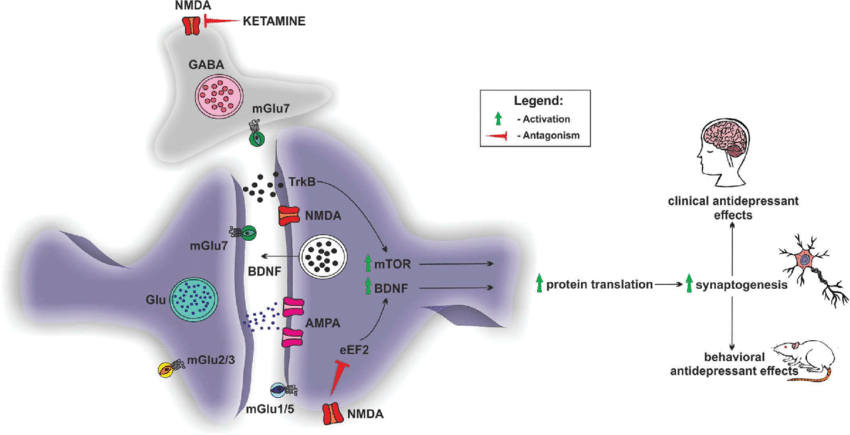
Ketamine – How to Recognize the Symptoms of Use
Signs of ketamine are:
– loss of coordination
– speech disorders
– double vision (diplopia)
– nystagmus – horizontal and vertical pupil dilation
– hallucinations
– dizziness
– insomnia
– high blood pressure and tachycardia;
– respiratory depression
Side Effects of Ketamine
The side effects of ketamine are numerous injuries and diseases of the gastrointestinal tract and urinary tract, including biliary tract dilatation, as well as abdominal pain and damage to the kidneys and bladder (inflammation, fibrosis, and ulceration). In particular, one should be wary of a person with myocardial ischemia, since exacerbation of the symptoms of the disease is possible. In addition, British researchers from University College London have shown that prolonged use of ketamine worsens the process of memorizing and comparing facts. In addition, this most affordable black market drug is almost always contaminated with impurities, including amphetamine, which is an even greater health threat.
Forms of use and composition
“Special K”, “vit Kat”, “cat valium” is presented as a solution or white powder (obtained by removing the solvent from the injection forms).
Ketamine is usually sold in combination with marijuana or tobacco.
Special K is usually used in combination with other drugs such as Ecstasy, heroin or cocaine.
Ketamine solution is injected into a vein, applied to products that can be smoked or eaten.
The powder is added to drinks, cigarettes or dissolved, and then injected parenterally.
Pharmaceutical products are the only source of ketamine.
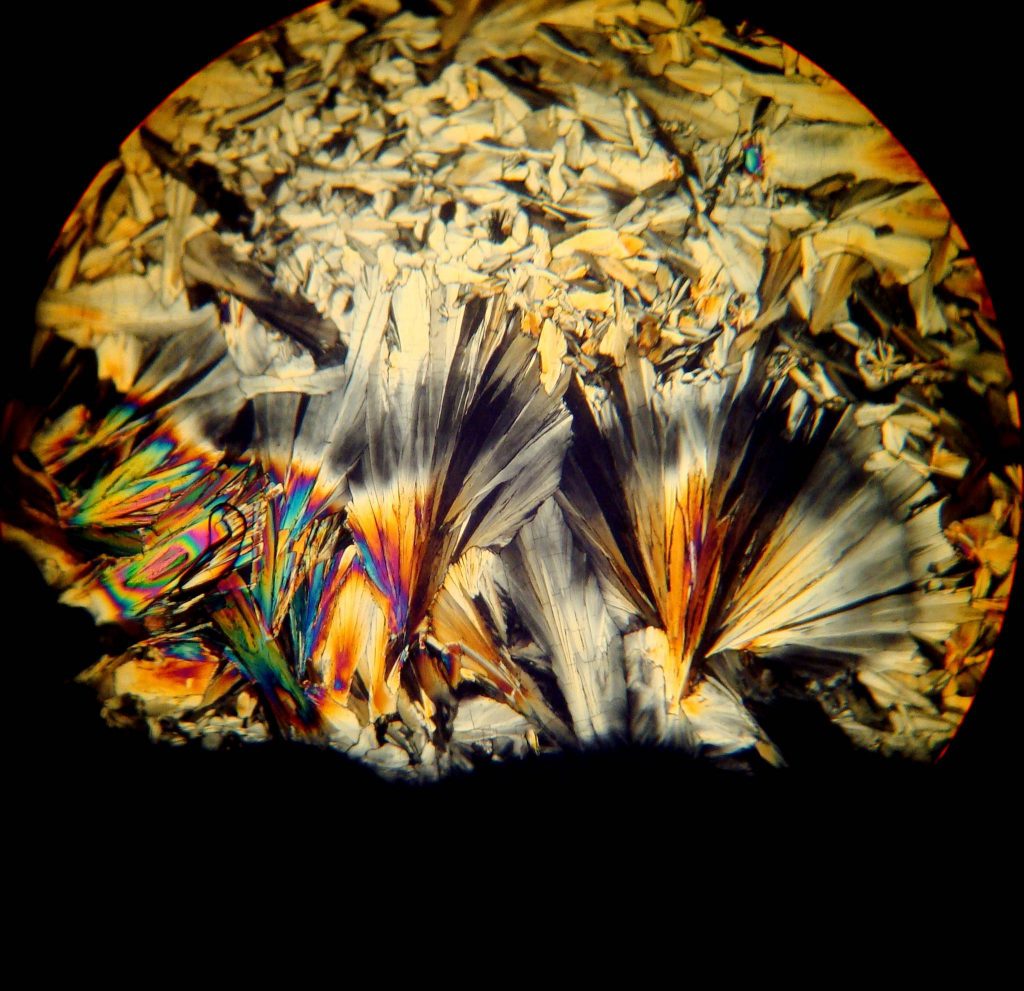
The toxic effect of ketamine
Ketamine has an effect on the central nervous system, which differs from classical general anesthetics. The anesthesia caused by it is called “dissociative anesthesia”, characterized by separation from the environment, accompanied by superficial sleep and intensive analgesia.
Ketamine works mainly in the cerebral cortex and the limbic system as an antagonist of NMDA receptors, preventing their activation with glutamic acid, an excitatory neurotransmitter in the brain. It is assumed that analgesia is partially mediated by μ receptors (parenteral administration of ketamine potentiates the antinociceptive effect of fentanyl via μ receptors). Naloxone has a limited ability to counteract the effect of a ketamine analgesic.
It acts at the level of specific opioid receptors at the level of the central nervous system; Ketamine reduces the function of the thalamus, which is a kind of “station” for the perception of the brain, which leads to undifferentiated sensations. Ketamine also reduces the function of the hypothalamus, leading to the appearance of emotional reactions, separated from reality.
Effects occur over a period of time, depending on the route of administration, as follows:
– intramuscular effects appear in less than 5 minutes;
– when administered orally after 15-20 minutes after administration;
– when administered when swallowed, effects occur within 5-10 minutes.
Therapeutic doses of ketamine produce:
– tachycardia;
– increase in blood pressure;
– increase in myocardial oxygen consumption.
For these reasons, it is contraindicated as the only anesthetic in patients with myocardial ischemia (usually it is preferable as a means of preventing bronchospasm to relax bronchial muscles). Despite the above limitations, ketamine is usually used because of its simple administration and short duration of action.
Ketamine is different from most anesthetics because it stimulates the cardiovascular system.
Substances that have a depressant effect on respiration, such as ethanol, opioids, barbiturates, benzodiazepines or cardiovascular drugs (cocaine or amphetamines), increase the acute toxicity of ketamine. The cardiac stimulating effect of ketamine is due to inhibition of central catecholamine and an increase in the number of circulating catecholamines.
Hypertension and acute pulmonary edema are less commonly associated with ketamine, and more other drugs (amphetamines and their analogues, ephedrine and cocaine). Intravenous ketamine administration to cocaine addicts leads to hypertensive crisis and pulmonary edema.
Acute ketamine poisoning
In acute poisoning, ketamine affects the cognitive characteristics and perception of one’s own body, time, world and reality.
Manifestations of acute ketamine intoxication:
– anxiety ;
– campaigning;
– changes in perception;
– movement disorders and analgesic effects (under such conditions, the consumer may suffer from burns, falls or other accidents).
With massive overdose of ketamine, seizures may occur, and sometimes apnea – respiratory arrest.

Ketamine trip
Effects described by ketamine users:
– At first it seems that everything starts to turn around, but without dizziness;
– At some point, the consumer feels that he is outside the body.
Although the descriptions of different consumers vary greatly, most of them reported on the perception of alternative plans of existence, revelations about the past and the future, when communication is very difficult and consumers cannot see or hear people present in the same room.
Tolerance observed as a result of experiments with animals, occurs quickly and includes an increase in dose.
Recreational use of it leads in some cases to psychological dependence. Psychedelic and psychotic effects have been reported in ketamine dependent patients. These effects were dose related and included multimodal hallucinatory experiences, a paranoid idea, sensory and musical “satisfaction.” The neuropharmacological mechanisms of this phenomenon are associated with a complex of receptor actions through excitatory amino acids and NMDA receptors.
The symptoms of withdrawal have not yet been well characterized, but may include nightmares, disorientation, and loss of a sense of reality.
